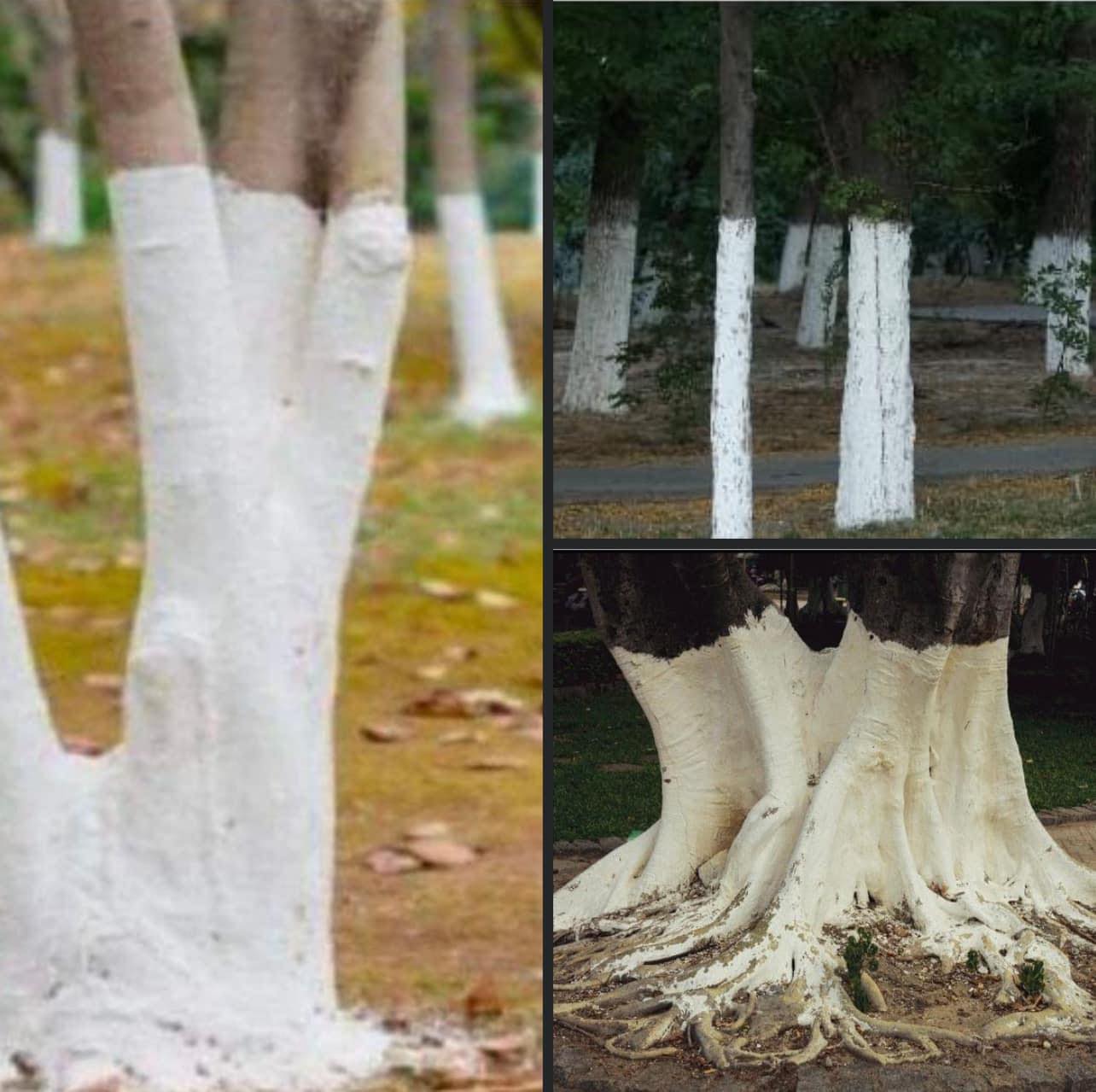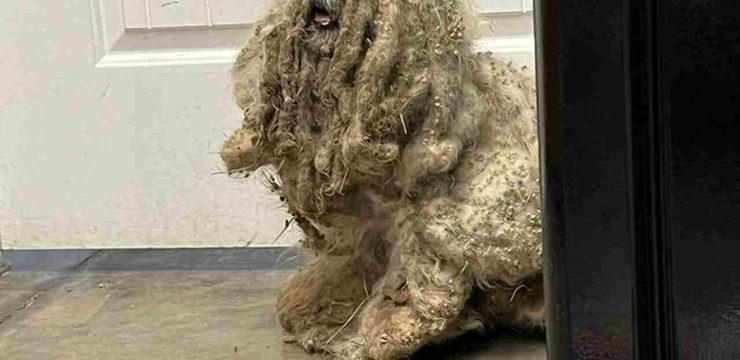If you’ve ever walked past a row of trees with their trunks painted white and found yourself wondering what it means, you’re not alone—and the answer is far more practical than you might expect. Thanks to the internet, we now have access to answers for questions we may have never even thought to ask in the past.

Rather than flipping through countless books or trying to track down an expert, you can now learn something new in seconds with just a few clicks. Our website regularly explores everyday mysteries like why barns have large stars on them or what it means when a man has one fingernail painted. We even dive into curiosities like square waves at the beach or twisted tree trunks in the forest. So, naturally, when we came across a curious photo online showing trees with their lower trunks coated in white paint, we had to do some digging to get to the bottom of it. What we discovered was fascinating.
While it might look like an artistic decision or maybe even a forestry code of some kind, the real reason is all about protecting the tree’s health. Specifically, white paint is often applied to tree trunks in winter to prevent a condition commonly known as sunscald. As strange as it sounds, trees—especially younger ones with thinner bark—can actually suffer sunburn during the colder months. This isn’t the kind of sunburn people get at the beach, but it’s a similar concept. During the day, sunlight can warm the exposed bark, particularly on the south- and southwest-facing sides of the trunk. This causes the bark tissue to expand. However, as night falls and the temperature drops rapidly, the bark cools and contracts. This rapid expansion and contraction can cause the bark to split or crack, damaging the tree and leaving it vulnerable to disease or pests. The white paint acts like sunscreen.
By reflecting sunlight away from the tree’s surface, it prevents the bark from heating up too much during the day, which helps reduce the risk of those damaging temperature fluctuations. This technique is most commonly seen in orchards or areas where young trees are being cultivated, but it can also be used in residential neighborhoods and parks to protect ornamental trees or saplings. The paint used is usually a diluted latex-based white paint, sometimes mixed with water in a 1:1 ratio, and it is applied in a band that typically extends a couple of feet above the ground. It’s not meant to be decorative—though it certainly catches the eye—it’s a simple, cost-effective method of tree care. Of course, trees can also be marked with other paint colors for different reasons.
For example, orange dots may indicate that a tree is scheduled to be removed, while purple markings often signal private property boundaries or indicate “no trespassing.” Each color has its purpose, and forestry workers and landowners use these markings to communicate everything from environmental status to land management rules. But in the case of white-painted trunks, it’s all about protection and health, not property or removal. Until we looked into it, we had no idea that trees needed sun protection just like people do. It’s a great reminder of how much thought and care goes into even the simplest things in nature, and how modern information-sharing platforms help us uncover those little-known facts. So the next time you see a line of trees with white trunks, you’ll know they’re not part of an art project or undergoing some kind of landscaping experiment—they’re just being protected from the winter sun in the smartest way possible. Did you know about this clever tree-care method before? Feel free to share your thoughts or experiences in the comments and let us know what other everyday mysteries you’d like us to explore next.





